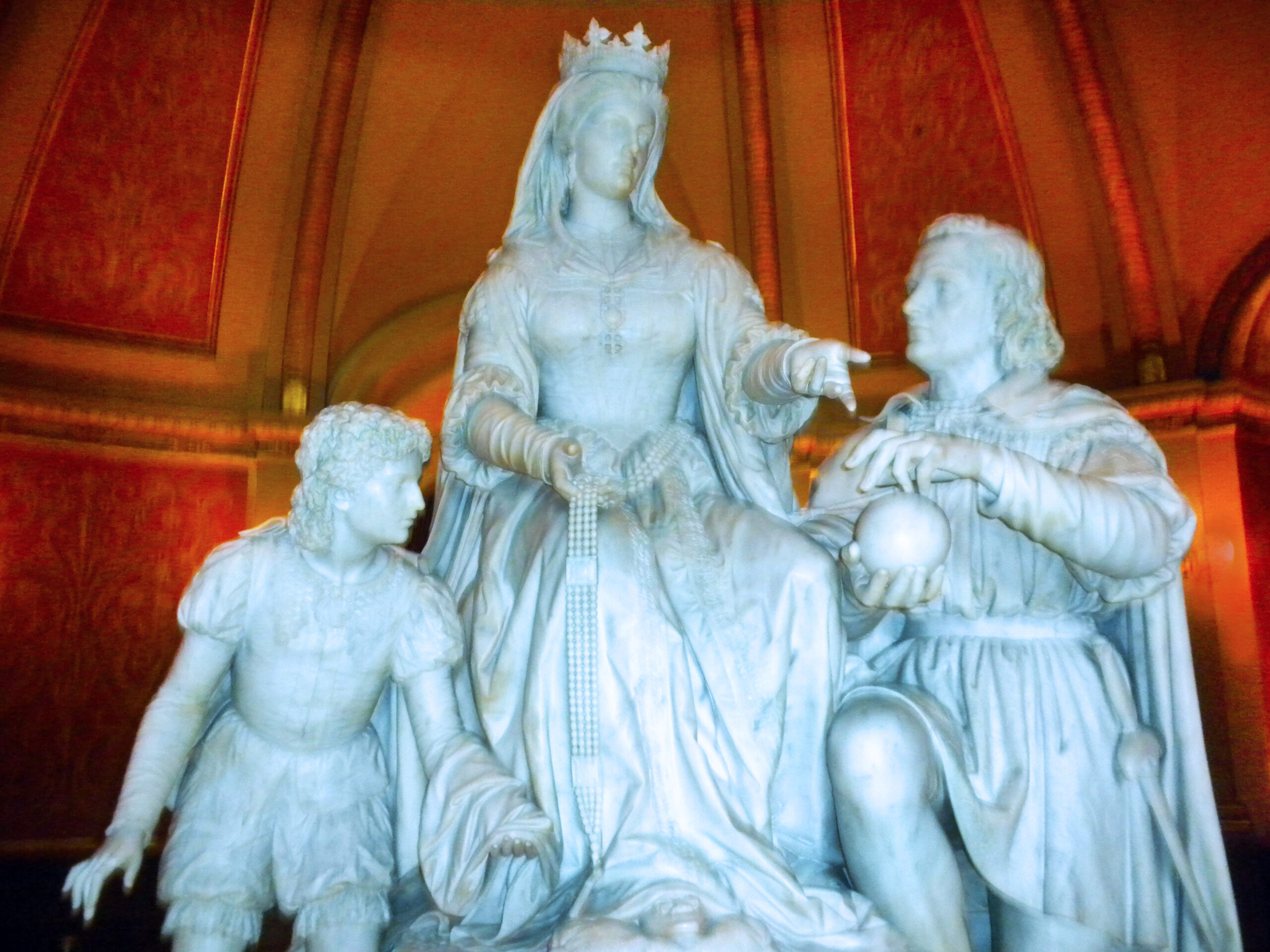In September 1493, Columbus returned to the Americas. He found the Hispaniola settlement he had established before returning to Spain destroyed. To this day, no one knows what happened there. Columbus left his brothers Bartolomeo and Diego behind to rebuild, along with part of his ships’ crew and hundreds of natives. Then he headed west, with his own complement of natives, to continue his mostly fruitless search for gold and other goods.
In May 1498, Columbus sailed west across the Atlantic for the third time. He visited Trinidad and the South American mainland before returning to the ill-fated Hispaniola settlement, where the colonists had staged a bloody revolt against the Columbus brothers. The Spanish authorities sent a new governor to take over. The aging Columbus persuaded the Spanish King to pay for one last trip across the Atlantic. This time, Columbus made it all the way to Panama, just miles from the Pacific Ocean, where he had to abandon two of his four ships in the face of an attack from hostile natives. Empty-handed, the elderly explorer returned to Spain, where he died in 1506.
Following Columbus’ discovery, Pope Alexander VI issued a May 4, 1493, papal mandate granting official ownership of the New World to King Ferdinand and Queen Isabella. To these monarchs, the Pope declared:
“We of our own motion and not at your solicitation, do give, concede and assign forever to you and your successors, all the islands and main lands, discovered and which may hereafter, be discovered, towards the west and south; whether they be situated towards India, or towards any other part whatsoever, and give you absolute power in them.”
The voyages of Columbus set in motion centuries of exploration and exploitation on the American continents. The consequences of European incursion were severe for the native populations of the areas that the Spanish and Portuguese conquistadores entered. Disease and environmental changes resulted in the destruction of a significant portion of the native population over time, while Europeans continued to extract natural resources from these territories.
Today, Columbus has a mixed legacy – he is remembered as a daring and path-breaking explorer who transformed the New World, yet because of the conquerors who followed, he has been burdened in recent times with a mixed reaction to his heroic deeds. He was poorly treated by the Spanish crown that ultimately became enormously wealthy due to his voyages. It is sad that he was not fairly recognized in his own time and even more of an atrocity that he is now blamed for “causing” all of the problems that later beset the New World during its period of colonization and conquest. He was never a conqueror. He was an explorer and a deeply religious man whose intentions were honorable. The same cannot be said of those who intend to rewrite history five centuries after the fact.




